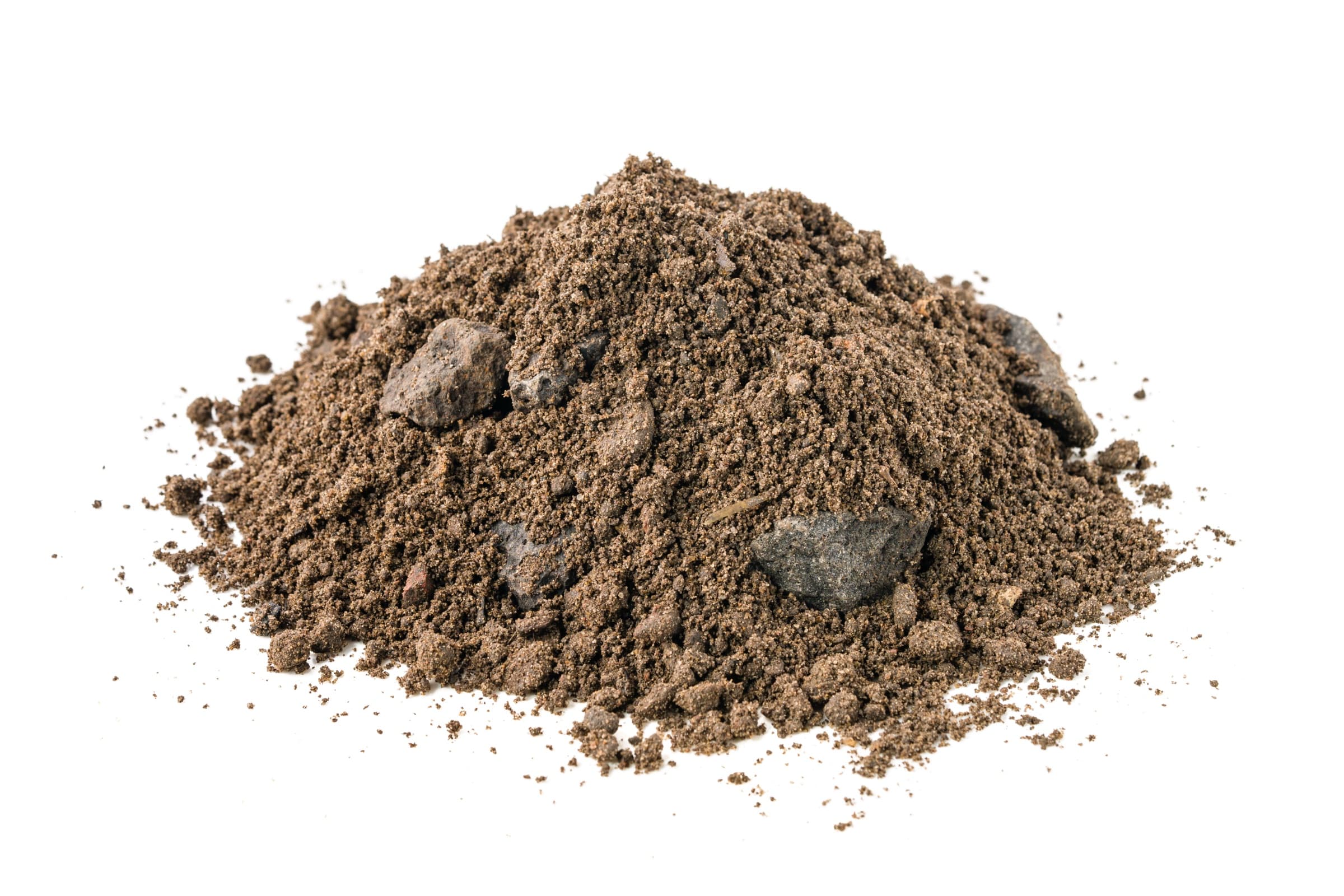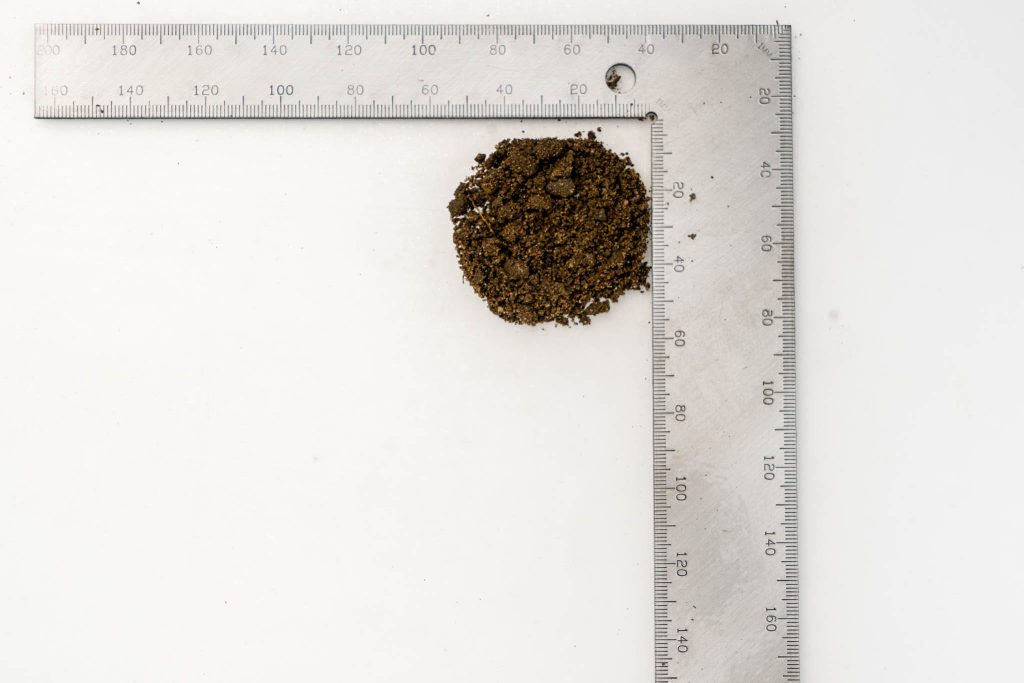It’s engineered to balance the load-bearing requirements of urban infrastructure with the needs of urban trees. It’s made up of 80% gap-graded levels (crushed stones) and 20% soil.
Applications
Urban Streetscapes: Structural soil is used beneath sidewalks, roadways, and other urban surfaces to support pedestrian and vehicular traffic while allowing trees to grow and thrive.
Plazas and Squares: It’s used in public spaces where trees are incorporated to create a pleasant urban environment.
Sidewalks: Structural soil can be placed under sidewalks to promote sidewalk longevity and accommodate tree roots without causing heaving or damage.
Parking Lots: In parking lots and other paved areas, structural soil can help manage stormwater runoff and promote tree growth.
Benefits
Tree Health: One of the primary benefits of structural soil is that it provides ample space for tree roots to grow and expand, allowing trees to establish healthy root systems.
Load-Bearing: Structural soil is engineered to support the weight and traffic of urban infrastructure without becoming compacted, which can hinder tree growth.
Longevity: When properly installed, structural soil can extend the lifespan of pavements and hardscape surfaces by reducing the pressure of tree roots on these structures.
Stormwater Management: The void spaces in structural soil allow for water infiltration and drainage, helping manage stormwater runoff and reducing urban flooding.
Reduced Infrastructure Damage: By providing a suitable environment for tree roots, structural soil helps prevent tree roots from damaging pavements and underground utilities.
Urban Greenery: Structural soil allows for the incorporation of trees and greenery in urban spaces, contributing to improved air quality and aesthetics.
Root Penetration: The composition of structural soil encourages tree roots to grow through it, promoting healthy root systems and reducing the likelihood of girdling roots.
Aesthetic Enhancement: Incorporating trees and greenery into urban landscapes enhances the visual appeal of public spaces and streetscapes.
Environmental Benefits: Urban trees planted in structural soil contribute to carbon sequestration, air quality improvement, and biodiversity in cities.
Preservation of Mature Trees: Structural soil can be used to retrofit urban areas and preserve existing mature trees, enhancing the urban environment’s character.
Sustainable Practices: Structural soil promotes sustainable urban design by allowing trees and vegetation to coexist with hardscape surfaces.
It’s important to note that the installation and maintenance of structural soil require expertise in urban tree management and soil engineering. Consulting with professionals who specialise in urban forestry, landscape architecture, and soil engineering is essential to ensure the successful implementation of structural soil systems that benefit both trees and urban infrastructure.
Products
More like this
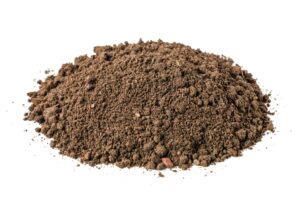
VicRoads 720 Soil
Topsoil defined as the weathered surface layer of soil that includes organic matter

Veggie Mix
Veggie mix soil, also known as vegetable garden soil or vegetable mix, is a specialised type of soil blend formulated specifically for growing vegetables in garden beds, containers, and raised beds. This mix is designed to provide the...
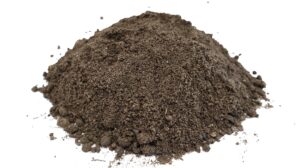
Turf Blend
Turf blend soil, also known as turf mix or lawn mix, is a specialised soil blend designed to provide an optimal growing medium for establishing and maintaining healthy lawns. This type of soil is formulated to support strong root...

Special Blend
Special blend soil applications refer to the use of customised mixtures of soil amendments and additives to enhance the quality and fertility of soil. The benefits of using special blend soil applications can vary depending on the specific...

Screened Topsoil
Screened topsoil is soil that has been sifted or screened to remove debris, rocks, and other unwanted materials, resulting in a finer and more uniform texture. This type of topsoil is commonly used in landscaping, gardening, and...
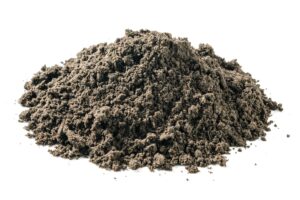
Sandy Loam
Sandy loam soil is a well-balanced soil type that contains a mixture of sand, silt, and clay particles. It is often considered one of the most desirable soil...

Rooftop Blend
Rooftop blend soil, also known as green roof soil or rooftop garden soil, is specifically formulated for use in rooftop gardens and green roofs. These types of gardens involve growing plants on the roofs of buildings, which can have a...

Premium Soil Blend
A “premium soil blend” typically refers to a high-quality mixture of different types of soil and organic matter that is specifically formulated to provide optimal conditions for plant growth, landscaping, and gardening...

Case
studies
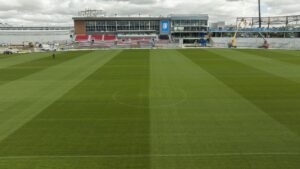
Normark
Established in 1977, Normark are a second generation family business specialising in landscape design and construction across Melbourne. "From inner-city Melbourne courtyards to large commercial open spaces, Normark will deliver."

Normark
Established in 1977, Normark are a second generation family business specialising in landscape design and construction across Melbourne. "From inner-city Melbourne courtyards to large commercial open spaces, Normark will deliver."

Normark
Established in 1977, Normark are a second generation family business specialising in landscape design and construction across Melbourne. "From inner-city Melbourne courtyards to large commercial open spaces, Normark will deliver."

Normark
Established in 1977, Normark are a second generation family business specialising in landscape design and construction across Melbourne. "From inner-city Melbourne courtyards to large commercial open spaces, Normark will deliver."

Normark
Established in 1977, Normark are a second generation family business specialising in landscape design and construction across Melbourne. "From inner-city Melbourne courtyards to large commercial open spaces, Normark will deliver."

